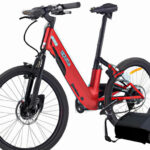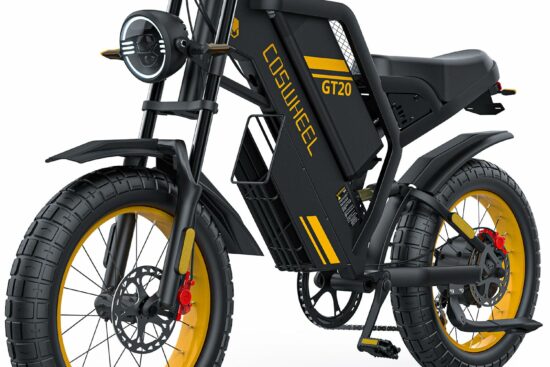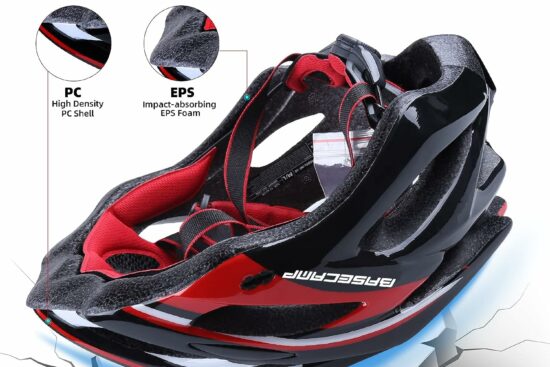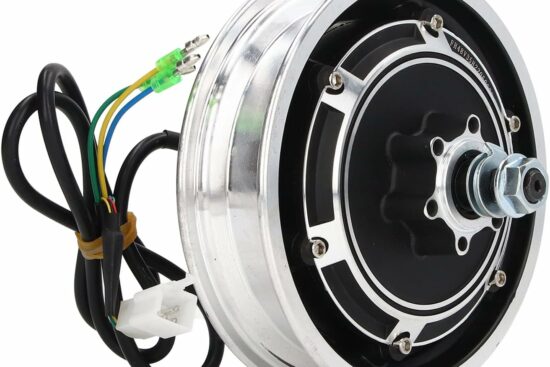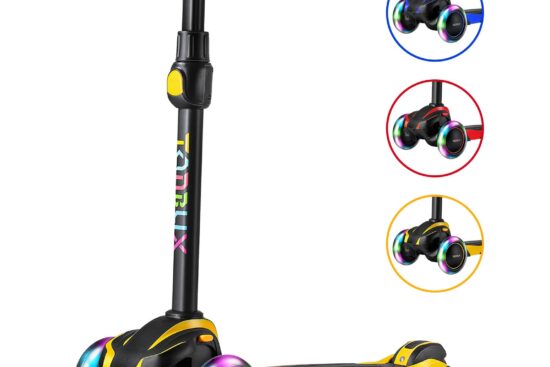
Curious about the battery used in a 1500W eBike? Well, let me tell you, you’re in the right place to find out! In this article, we’ll dive into the different types of batteries commonly used in eBikes and explore which ones are suitable for a powerful 1500W electric bike. So, get ready to learn all about it!
If you’ve been wondering about the battery that powers a 1500W eBike, you’re about to get all the answers you need. We’ll discuss the various options available, including lithium-ion, lithium-polymer, and lead-acid batteries, and examine their pros and cons. By the end of this article, you’ll have a better understanding of what kind of battery is best for a 1500W eBike, taking into account factors like range, weight, and overall performance. So, let’s get started and uncover the details you’ve been searching for!
Introduction to 1500W eBikes
Overview of eBikes
eBikes, or electric bikes, are a popular mode of transportation that have gained significant traction in recent years. They are bicycles equipped with an electric motor that assists the rider with pedaling, providing an extra boost of power and making it easier to tackle hills or cover long distances. eBikes are becoming increasingly popular due to their eco-friendliness, cost-effectiveness, and health benefits.
What is a 1500W eBike
A 1500W eBike refers to an electric bike that is equipped with a powerful 1500-watt electric motor. The wattage of an eBike motor determines the level of power it can deliver. A 1500W eBike motor is considered to be quite powerful, offering significant acceleration and top speeds. This makes it suitable for riders who require a higher level of assistance, such as those who frequently tackle steep hills or travel long distances.
Advantages of a 1500W eBike
There are several advantages to owning a 1500W eBike. Firstly, the higher wattage motor provides ample power to tackle challenging terrains and reach higher speeds. This makes it ideal for riders who require a higher level of assistance, such as commuters who travel long distances or those who frequently encounter hilly areas. Additionally, a 1500W eBike allows riders to cover more ground in less time, making it a time-efficient mode of transportation. Lastly, the powerful motor can accommodate heavier loads, making it suitable for riders who carry cargo or require a higher weight capacity.
Importance of Battery in 1500W eBikes
Critical role of battery
The battery plays a crucial role in powering the motor of a 1500W eBike. It serves as the energy source that provides the necessary power to propel the bike forward. Without a reliable and efficient battery, the performance of the eBike would be compromised. Therefore, choosing the right battery is essential for ensuring optimal performance and an enjoyable riding experience.
Battery capacity and range
The capacity of the battery determines how much energy it can store, which directly impacts the range of the eBike. A higher capacity battery can store more energy, allowing for a longer riding distance before requiring a recharge. For 1500W eBikes, it is important to choose a battery with a sufficient capacity to support the power demands of the motor. Typically, a larger capacity battery will be required to accommodate the higher wattage motor.
Battery technology advancements
In recent years, there have been significant advancements in battery technology, leading to improved performance and increased energy density. Lithium-ion (Li-ion) batteries have emerged as the preferred choice for eBikes due to their high energy capacity, low self-discharge rate, and lighter weight compared to other types of batteries. These advancements in battery technology have made it possible to power high-performance eBikes, such as those with 1500W motors, with greater efficiency and reliability.
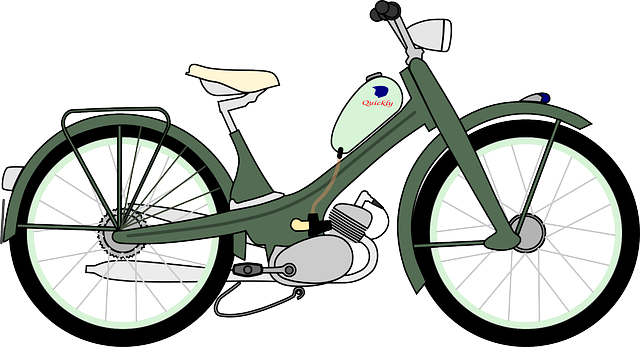
Different Battery Types for 1500W eBikes
Lithium-ion (Li-ion) battery
Lithium-ion (Li-ion) batteries are the most commonly used battery type in 1500W eBikes. They offer high energy density, allowing for longer rides before requiring a recharge. Li-ion batteries are known for their lightweight design and ability to provide consistent power output throughout their lifespan. They also have a low self-discharge rate, meaning they can hold their charge for extended periods when not in use. These characteristics make Li-ion batteries ideal for powering high-performance eBikes.
Nickel Metal Hydride (NiMH) battery
Nickel Metal Hydride (NiMH) batteries were once a popular choice for eBikes but have been largely replaced by Li-ion batteries. NiMH batteries have a lower energy density and heavier weight compared to Li-ion batteries. They are also more prone to self-discharge and memory effect, which can reduce their overall capacity. While NiMH batteries are still available, their usage in 1500W eBikes is less common due to the superior performance and efficiency of Li-ion batteries.
Lead-acid battery
Lead-acid batteries are the least common battery type used in 1500W eBikes. They are heavier and bulkier compared to Li-ion and NiMH batteries and have a lower energy density. Lead-acid batteries are typically used in low-cost or entry-level eBikes, where weight and size limitations are less of a concern. Their usage in 1500W eBikes is limited, as the high power demands of the motor are better suited to the superior performance of Li-ion batteries.
Lithium-Ion (Li-ion) Batteries
Characteristics and composition
Li-ion batteries are composed of lithium ions that move between a positive electrode (cathode) and a negative electrode (anode) during charging and discharging. The cathode is typically made of lithium cobalt oxide, while the anode is made of graphite. The movement of lithium ions between the electrodes allows for the storage and release of energy.
Advantages of Li-ion batteries
Li-ion batteries offer several advantages over other types of batteries. They have a high energy density, meaning they can store a large amount of energy in a relatively small and lightweight package. Li-ion batteries also have a low self-discharge rate and a longer lifespan compared to other battery types. They are also known for their fast charging capabilities, allowing for shorter charging times and quick turnaround between rides. Additionally, Li-ion batteries are less prone to memory effect, meaning they do not lose their capacity over time when charged before being fully discharged.
Disadvantages of Li-ion batteries
While Li-ion batteries offer numerous advantages, they do have some drawbacks. The main disadvantage is their higher cost compared to other battery types, primarily due to the more complex manufacturing process and the cost of the materials used. Li-ion batteries also require careful handling and proper maintenance to ensure their longevity and safety. Overcharging or exposure to extreme temperatures can lead to reduced capacity or even pose a safety risk.
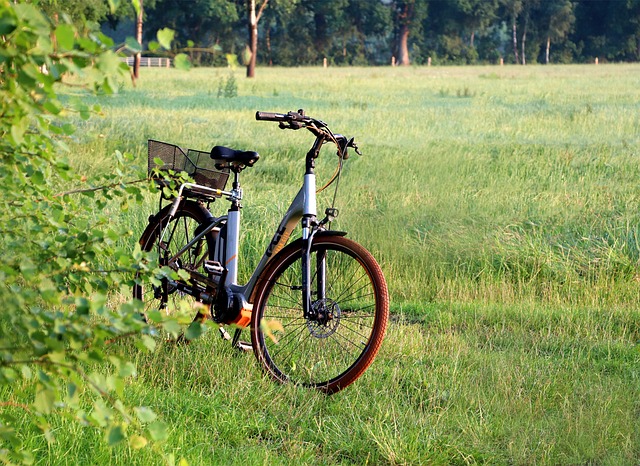
Nickel Metal Hydride (NiMH) Batteries
Characteristics and composition
NiMH batteries are composed of a positive electrode (cathode) made of nickel oxyhydroxide, a negative electrode (anode) made of a hydrogen-absorbing alloy, and an alkaline electrolyte. During charging and discharging, nickel and hydrogen ions migrate between the electrodes, allowing for the storage and release of energy.
Advantages of NiMH batteries
NiMH batteries offer a few advantages over other battery types. They are relatively inexpensive compared to Li-ion batteries, making them a cost-effective option for budget-conscious riders. NiMH batteries also have a better tolerance for high temperatures compared to Li-ion batteries, which can be beneficial in certain riding conditions. Additionally, NiMH batteries are considered to be more environmentally friendly due to their lower impact on the environment and the ease of recycling.
Disadvantages of NiMH batteries
Despite their advantages, NiMH batteries have several drawbacks. They have a lower energy density compared to Li-ion batteries, meaning they are heavier and bulkier for the same energy capacity. NiMH batteries are also more prone to self-discharge and memory effect, which can reduce their overall capacity over time. These limitations make them less suitable for high-performance eBikes, such as those with 1500W motors, where energy efficiency and power output are crucial.
Lead-Acid Batteries
Characteristics and composition
Lead-acid batteries are composed of lead plates as the electrodes and a sulfuric acid electrolyte. During charging, the sulfuric acid reacts with the lead plates, creating lead oxide and lead sulfate. This process is reversed during discharging, releasing energy.
Advantages of lead-acid batteries
Lead-acid batteries offer a few advantages, primarily in terms of cost and availability. They are the most affordable battery option, making them a popular choice for low-cost or entry-level eBikes. Lead-acid batteries also have a longer lifespan compared to other battery types when properly maintained. They are a reliable and proven technology that has been used for decades in various applications.
Disadvantages of lead-acid batteries
Despite their benefits, lead-acid batteries have significant drawbacks. They are heavy and bulky compared to Li-ion and NiMH batteries, which can negatively impact the performance and maneuverability of the eBike. Lead-acid batteries also have a lower energy density and shorter lifespan compared to other battery types. They require more maintenance and have a slower charging time, which can be inconvenient for riders who rely on their eBikes for daily commuting or longer rides.
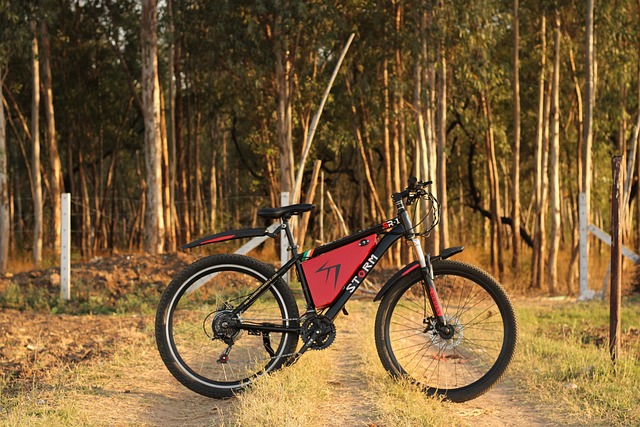
Factors to Consider when Choosing a Battery
Power requirements
When selecting a battery for a 1500W eBike, it is crucial to consider the power requirements of the motor. The battery should have a capacity that can support the high power demands of the motor to ensure optimal performance and range. Choosing a battery with inadequate capacity may result in reduced power output or limited range.
Weight and size limitations
Weight and size limitations can also play a significant role in choosing the right battery for a 1500W eBike. Lighter and more compact batteries are preferred as they can reduce the overall weight of the eBike and improve maneuverability. However, it is important to balance weight and size considerations with the power demands of the motor to ensure sufficient energy capacity.
Cost and maintenance
The cost and maintenance requirements of the battery should also be taken into account. Li-ion batteries, while more expensive upfront, often have a longer lifespan and require less maintenance compared to other battery types. Lead-acid batteries may have a lower upfront cost but may require more frequent maintenance and have a shorter lifespan. Considering the long-term costs and maintenance requirements can help determine the most cost-effective battery option.
Battery Management Systems
Importance of battery management
Battery management is crucial for optimizing the performance, lifespan, and safety of the battery. Proper management ensures that the battery is charged and discharged within safe limits, preventing overcharging or deep discharging that can damage the battery or pose safety risks. Battery management is especially important for high-performance eBikes, such as those with 1500W motors, as the power demands are greater and require careful monitoring to prevent damage to the battery.
Functions of battery management systems
Battery management systems (BMS) play a vital role in managing the charging and discharging cycles of the battery. They monitor the voltage, current, and temperature of the battery to ensure that it operates within safe limits. BMS also provide protection features such as overcharge and over-discharge protection, short circuit protection, and temperature monitoring to prevent damage to the battery and ensure safe operation.
BMS features and benefits
Battery management systems offer several features and benefits that enhance the performance and longevity of the battery. They optimize charging efficiency by controlling the charging current and voltage, preventing overcharging and extending the battery’s lifespan. BMS also provide real-time monitoring and diagnostics, allowing riders to track the battery’s status and performance. Additionally, BMS can enable advanced features such as regenerative braking, which captures and stores energy during braking, further enhancing the energy efficiency of the eBike.
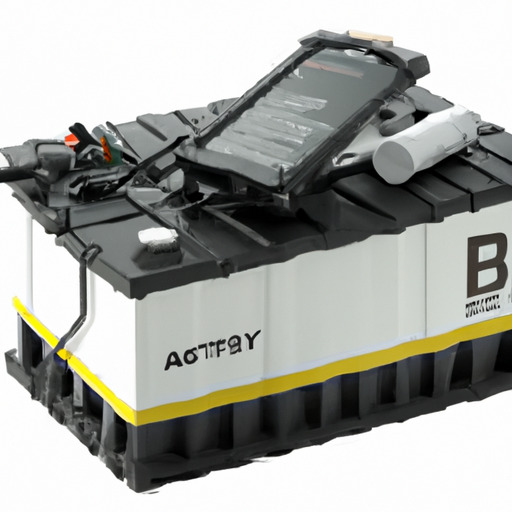
Charging and Maintenance of eBike Batteries
Charging protocols and best practices
Proper charging is essential to ensure optimal battery performance and longevity. Following the manufacturer’s recommended charging protocols and best practices is crucial. This includes using the correct charger for the specific battery type, avoiding overcharging or undercharging, and ensuring the battery is fully charged before embarking on a ride. It is also important to charge the battery in a cool and well-ventilated area to prevent overheating.
Battery storage and maintenance tips
When not in use, proper storage and maintenance can help prolong the lifespan of the battery. It is recommended to store the battery in a cool and dry environment to prevent moisture and extreme temperature exposure. Regularly inspecting the battery for any signs of damage or corrosion and promptly addressing any issues can help prevent further damage and ensure proper functioning. It is also important to follow the manufacturer’s guidelines for battery maintenance, such as regular cleaning and periodic capacity checks.
Troubleshooting common battery issues
Occasionally, eBike batteries may encounter common issues such as reduced range, decreased performance, or difficulty charging. In such cases, it is advised to consult the manufacturer’s troubleshooting guide or seek professional assistance. Common solutions may include recalibrating the battery, performing a deep discharge and recharge cycle, or replacing the battery if necessary. Proper troubleshooting and timely maintenance can help resolve these issues and ensure the optimal performance of the battery.
Conclusion
Overview of battery types for 1500W eBikes
In conclusion, the type of battery used in a 1500W eBike is a crucial factor that directly impacts the performance, range, and overall riding experience. While several battery types are available, including lithium-ion (Li-ion), nickel metal hydride (NiMH), and lead-acid batteries, Li-ion batteries are the most commonly used and preferred choice for their high energy density, lightweight design, and superior performance.
Considerations when choosing a battery
When selecting a battery for a 1500W eBike, it is important to consider factors such as power requirements, weight and size limitations, cost, and maintenance requirements. Choosing a battery that aligns with the power demands of the motor, while considering weight and size limitations, can ensure optimal performance and energy capacity.
Importance of proper battery management and maintenance
Proper battery management and maintenance are essential for maximizing the lifespan and safety of the battery. Battery management systems (BMS) play a critical role in monitoring and controlling the charging and discharging cycles of the battery, ensuring safe operation and optimal performance. Following recommended charging protocols, best practices for storage, and conducting regular maintenance checks can help prolong the lifespan and usability of the battery.
In conclusion, choosing the right battery for a 1500W eBike is crucial for ensuring optimal performance, range, and safety. Understanding the different battery types available, considering the power requirements and weight limitations, and implementing proper battery management and maintenance practices can help riders enjoy a reliable and enjoyable riding experience with their 1500W eBike.









